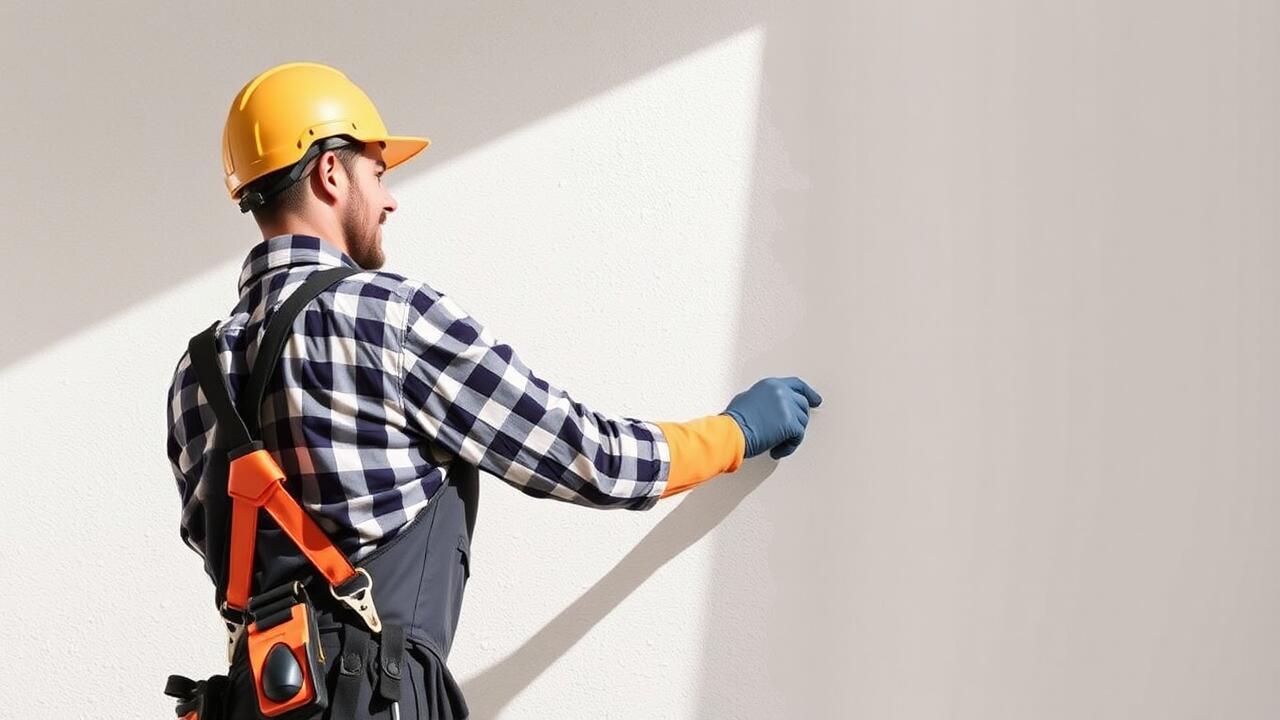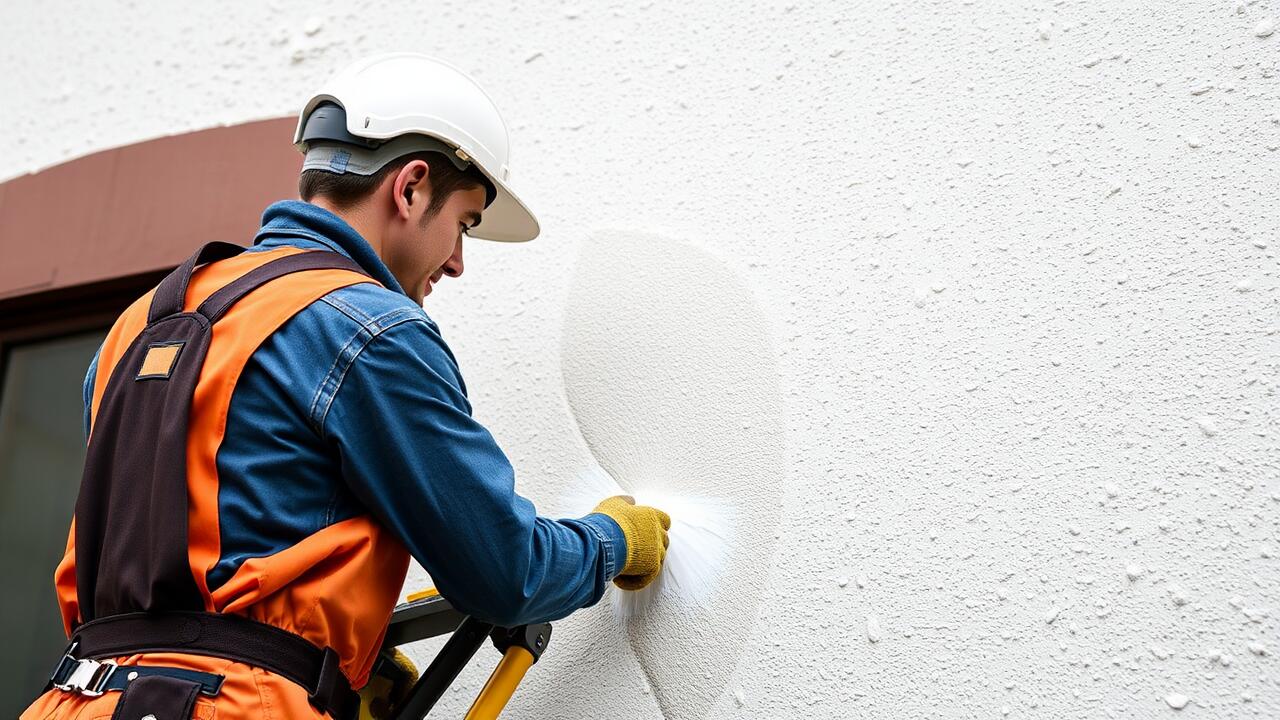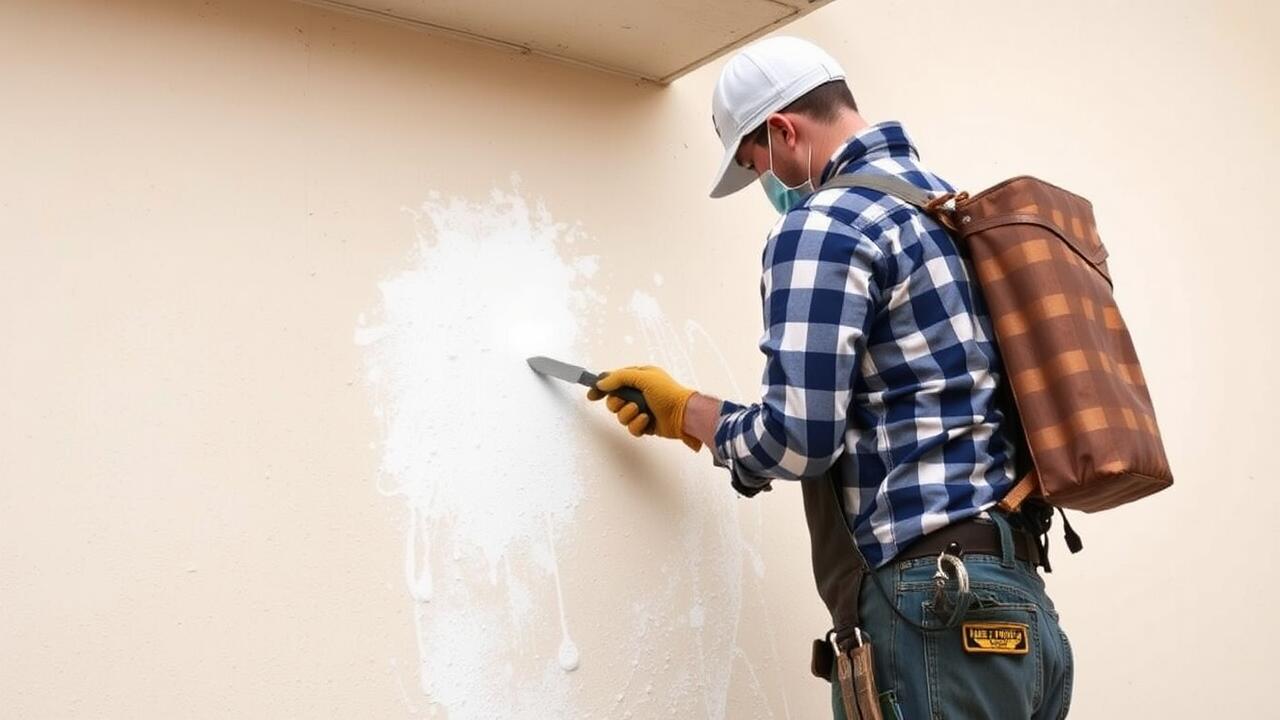
Color Selection for Stucco Homes
Choosing the right color for a stucco home can significantly impact its overall aesthetic and curb appeal. Lighter colors tend to reflect sunlight, making homes feel cooler in warmer months. Conversely, darker shades absorb heat, which can lead to subtle variations in surface temperature. Understanding how these colors interact with the climate and environment is essential for homeowners considering a fresh coat of paint.
In Brentwood, Los Angeles, stucco painting presents unique opportunities to enhance a property's appearance. Local architectural styles may influence color choices, encouraging homeowners to select hues that complement the surrounding landscape and neighborhood. Popular options often include soft earth tones, pastels, or vibrant colors that stand out without clashing. Exploring color swatches in natural light can help determine the best fit for any stucco home.
Influence of Color on Temperature and Appearance
The choice of color for a stucco home goes beyond mere aesthetics; it can significantly affect both temperature regulation and visual impression. Lighter colors tend to reflect sunlight, helping to keep homes cooler in warmer climates. This property can be especially beneficial in sunny regions like Brentwood, Los Angeles, where heat can accumulate, leading to increased air conditioning costs. Darker shades, on the other hand, absorb heat, which might enhance warmth in cooler weather but can also lead to higher energy bills during hotter months.
In addition to temperature considerations, color selection plays a crucial role in enhancing curb appeal. Different hues can either complement or clash with surrounding homes and landscapes in neighborhoods such as Brentwood. Soft, neutral tones often blend seamlessly with the environment, while bold colors can make a statement. Homeowners should take into account not only their personal style but also how their chosen color will interact with the overall ambiance of their community.
Preparation Steps Before Painting
Proper preparation is essential before painting a stucco house. The surface should be thoroughly cleaned to remove dirt, dust, and any loose debris. Using a pressure washer can be an effective way to achieve this. Detergents specifically designed for cleaning stucco can help eliminate mold or mildew that may have formed over time. Once the surface is clean, inspect it for any cracks or damage that may need repairing. Filling these gaps with an appropriate stucco patch will ensure a smooth and durable finish.
After addressing repairs, allow the surface to dry completely before moving forward with painting. In areas like Brentwood, Los Angeles Stucco Painting typically involves selecting the right primer that adheres well to stucco. Primer helps to seal the surface and provides better adhesion for the topcoat. Ensure the primer is suitable for exterior applications and compatible with the chosen paint. Taking these steps will not only enhance the paint’s longevity but also improve the overall appearance of the home.
Cleaning and Repairing the Stucco Surface
Before applying new paint to a stucco surface, it is crucial to clean and repair any damage to ensure a smooth finish. Begin by removing dirt, mold, and loose paint using a pressure washer or a scrub brush with a mild detergent solution. Inspect the surface for cracks or holes that may have developed over time. Filling these imperfections with a suitable patching compound helps to create a uniform surface. For extensive damage, consider consulting professionals like Brentwood, Los Angeles Stucco Painting for expert advice and service.
After the cleaning process, allow the stucco to dry completely before moving on to repairs. In addition to patching holes or cracks, check for any areas where the stucco has deteriorated, as these may require reapplication. Ensure that the patch material is compatible with the existing stucco to promote proper adhesion. Once repairs are complete, it’s essential to allow the patched areas to cure adequately, which can vary based on the type of material used and the local climate. Proper preparation of the stucco surface sets the foundation for a long-lasting and visually appealing paint job.
Application Techniques for Best Results
Choosing the right application technique can significantly impact the outcome of your stucco painting project. Brushes, rollers, and sprayers each offer distinct advantages. A brush allows for detailed work on textured surfaces, ensuring that paint gets into every crevice of the stucco. Rollers are effective for larger areas, providing a smooth finish with the ability to cover quickly. Sprayers can speed up the process considerably, especially for extensive surfaces, but they require skill to achieve an even application without overspray.
When considering techniques, it's essential to factor in the specific conditions of your stucco surfaces. For instance, in areas like Brentwood, Los Angeles, stucco painting might demand different tactics due to varying weather conditions and stucco textures. Ensuring an even coat while avoiding drips can be challenging, so experimenting with different methods on a small section may help determine the best approach for your needs. Each technique has its learning curve, but the investment in time will pay off in a professional-looking finish.
Brush, Roller, or Spray
When it comes to choosing a method for applying paint to stucco surfaces, the decision often narrows down to brush, roller, or spray. Each option has its own advantages depending on the specific requirements of the project. Brushes provide excellent control and can effectively work paint into the textured surface of stucco. Rollers are efficient for covering large areas quickly but may not reach into the crevices as well. Spray painting offers a smooth finish and covers even the most challenging surfaces swiftly, making it a preferred choice for many professionals, including those specializing in Brentwood, Los Angeles stucco painting.
The choice between these methods can also depend on the condition of the stucco and the type of paint used. For intricate detailing and areas where precision is necessary, using a brush may be the best option. Rollers can speed up the process for larger walls, while a sprayer is often beneficial when dealing with new or extensively repaired stucco, as it can ensure an even coat without leaving brush or roller marks. Consider the specific nuances of your project to determine the most effective application technique for achieving optimal results.
FAQS
What type of paint is best for a stucco house?
The best type of paint for a stucco house is a 100% acrylic latex paint, as it provides excellent adhesion, durability, and resistance to fading and mildew.
How do I choose the right color for my stucco exterior?
When selecting a color for your stucco exterior, consider the architectural style of your home, the surrounding landscape, and how the color will influence the temperature of the surface. Lighter colors reflect heat, while darker colors can absorb more heat.
Do I need to prepare the stucco surface before painting?
Yes, preparing the stucco surface is crucial. This includes cleaning to remove dirt and mildew, repairing any cracks or damage, and allowing the surface to dry completely before applying paint.
What is the best method for applying paint on stucco?
The best method for applying paint on stucco depends on the texture and your preference. A spray application provides even coverage and is efficient for large areas, while a roller or brush may be better for detailed work or smaller spaces.
How often should I repaint my stucco home?
It’s generally recommended to repaint a stucco home every 5 to 10 years, depending on the climate, paint quality, and exposure to the elements. Regular inspections can help determine when it’s time for a fresh coat.



